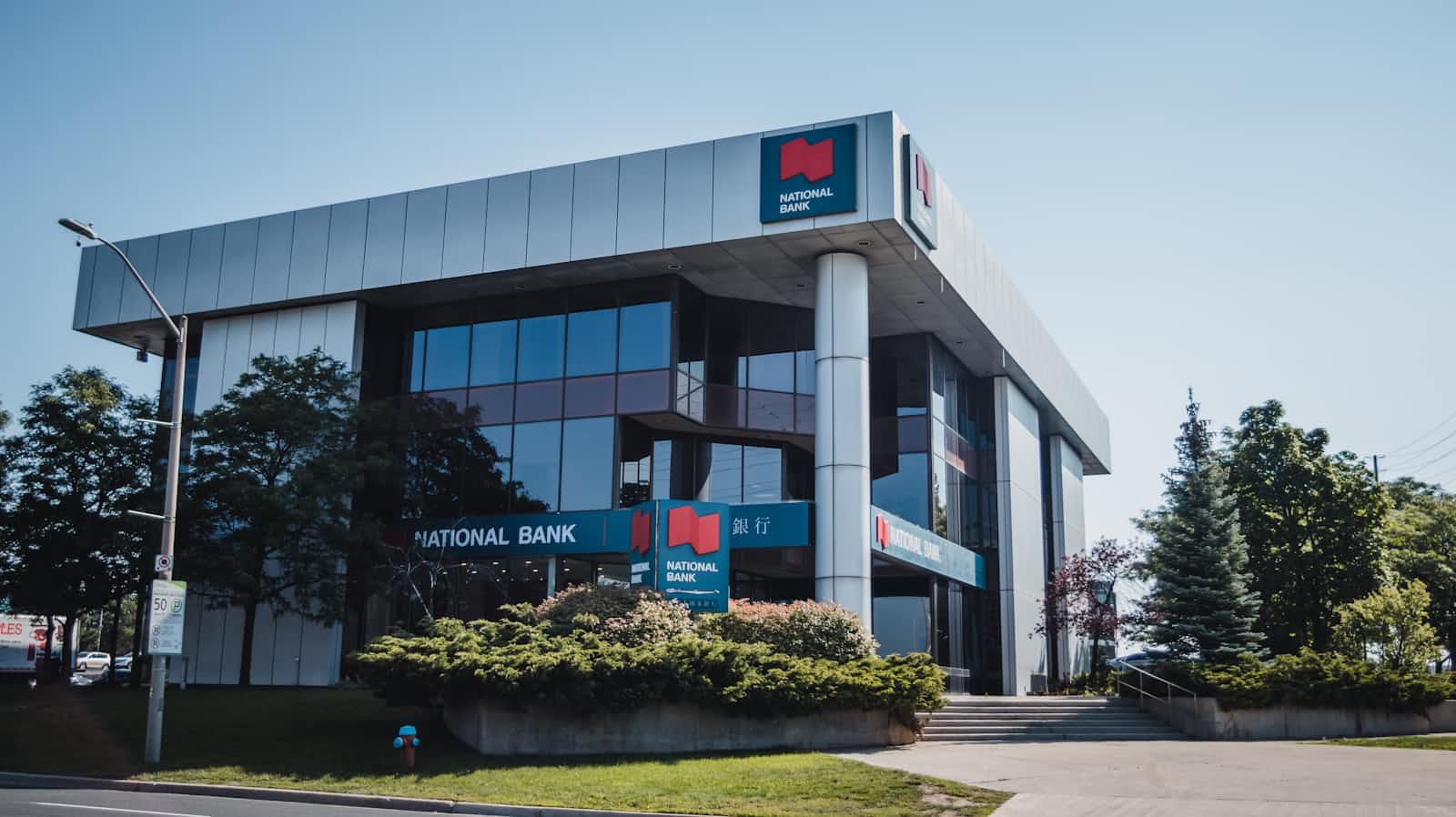Prioritizing Cloud Assets
 Abhiram
Abhiram
In today's cloud-first world, organizations are increasingly relying on cloud computing to meet their business needs. However, managing cloud assets effectively can be a complex and challenging task. Without a proper cloud asset management (CAM) system and a clear prioritization strategy, organizations may struggle to optimize their cloud usage, control costs, and ensure security.
Understanding Cloud Asset Management
A cloud asset management system is a software tool that helps organizations track, manage, and optimize their cloud resources. This includes assets such as virtual machines, storage, databases, and network resources. By using a CAM system, organizations can gain visibility into their cloud usage, identify areas for optimization, and ensure compliance with security and regulatory requirements.
Know more about Cloud Asset Management here.
Prioritizing Cloud Assets: A Strategic Approach
Prioritizing cloud assets is essential for effective management. By focusing on the most critical assets, organizations can allocate resources more efficiently and reduce the risk of disruptions.
A. Identifying Critical Assets
The first step in prioritizing cloud assets is to identify those that are critical to the organization's operations. This may include assets that are essential for delivering products or services, supporting core business processes, or containing sensitive data.
B. Assessing Risk
Once you have identified critical assets, you need to assess the potential risks associated with each asset. This includes considering factors such as:
The likelihood of a security breach or other incident
The potential impact of a breach on the organization's operations and reputation
The cost of replacing or recovering the asset
C. Determining Cost
It is also important to consider the cost of each asset. This includes the cost of acquiring, maintaining, and operating the asset. By understanding the cost of each asset, you can make informed decisions about resource allocation.
D. Defining Business Objectives
Finally, it is essential to align your asset prioritization strategy with your organization's overall business objectives. This will help you ensure that your cloud resources are being used to support your strategic goals.
Prioritization Frameworks
Several different frameworks can be used to prioritize cloud assets:
A. MoSCoW Method
The MoSCoW method is a popular prioritization technique that categorizes assets into four categories: Must Have, Should Have, Could Have, and Won't Have. This helps organizations focus on the most critical assets and allocate resources accordingly.
B. Weighted Scoring Model
A weighted scoring model involves assigning weights to different criteria, such as risk, cost, and business value. Assets are then scored based on their performance in each category. This approach allows organizations to consider multiple factors when making prioritization decisions.
C. Risk-Based Prioritization
Risk-based prioritization involves focusing on assets that pose the greatest risk to the organization. This approach can help organizations allocate resources effectively to mitigate the most critical risks.
Implementing a Prioritization Strategy
To effectively implement a cloud asset prioritization strategy, organizations should:
Collect Accurate Data: Ensure that you have accurate and up-to-date data on your cloud assets.
Select the Right Tools: Choose a CAM tool that is capable of supporting your prioritization strategy.
Regularly Review and Adjust: Regularly review your prioritization strategy and make adjustments as needed.
Conclusion
In conclusion, prioritizing cloud assets is essential for effective cloud management. By following the strategies outlined in this blog post, organizations can optimize their cloud usage, control costs, and ensure security.
References
Subscribe to my newsletter
Read articles from Abhiram directly inside your inbox. Subscribe to the newsletter, and don't miss out.
Written by
